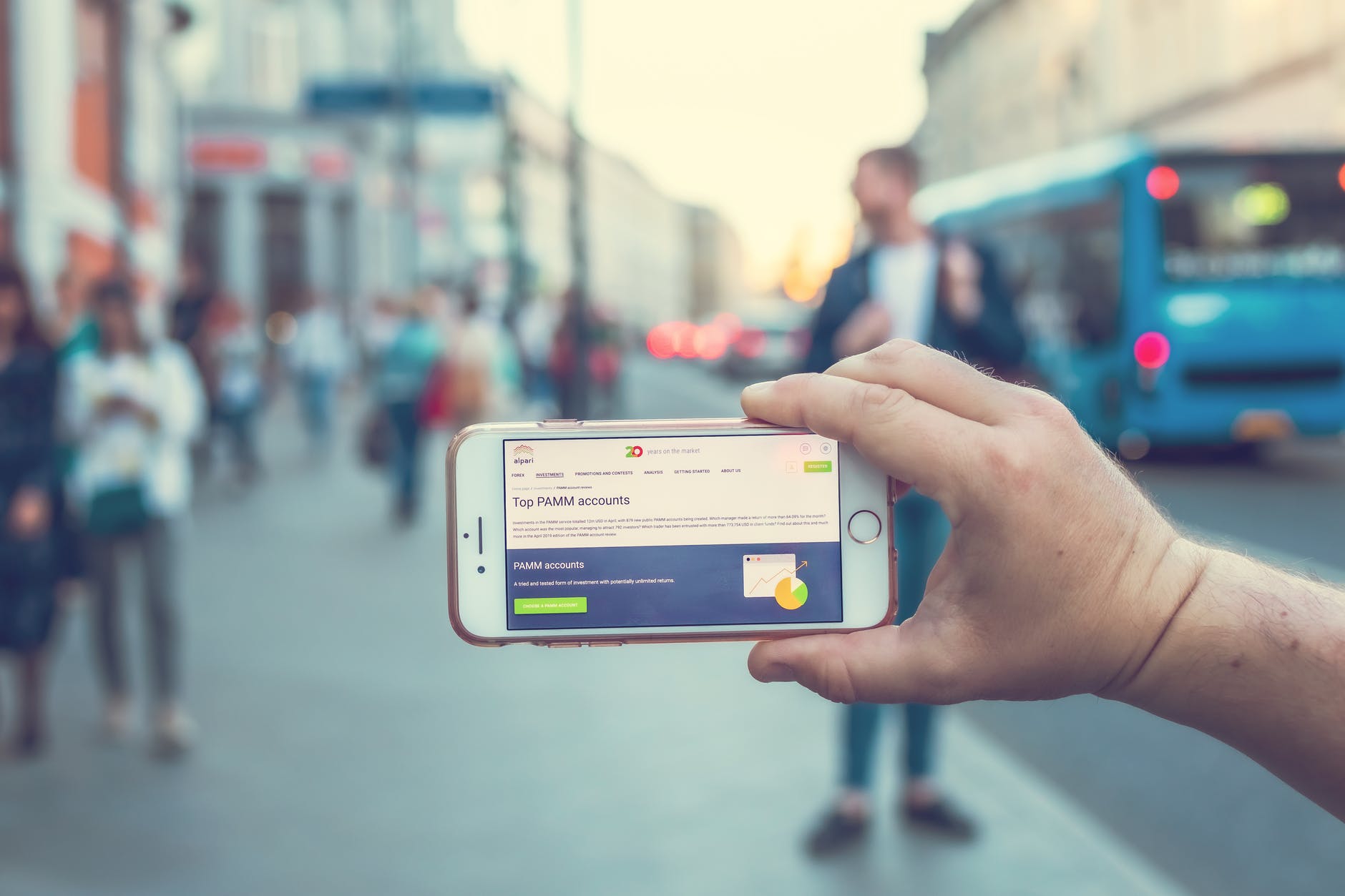How COVID-19 Pushes Mobility Innovations?
So far, 2020 has been a rough year for the world. It’s almost as if the novel coronavirus unleashed a decade’s worth of miseries upon humanity, caging us in our homes like helpless birds. We can’t enjoy outdoor activities such as going to workplaces, partying at weekends, rejuvenating with loved ones, holidaying with friends, etc. – at least not in the way we used to before.
But as Plato quoted – “Necessity is the mother of invention”, the pandemic has pushed the mobility innovations industry to transform itself, very similar to a domino effect. The norms of social distancing, coupled with ingenious trends in public and private transit, are all set to normalize transportation, ensuring that we’re back to our routines – safe and sound.
Sparsely Populated Mass Transport
As our world is headed towards the coronavirus pandemic recovery phase, public transportation systems have tightened their belts over health and hygiene. Inter-city transits like buses, subways, carriers, etc. have cut down their passenger load to half – especially in crowded countries like China and India. Air travel has become more stringent than ever. To quell the outbreak, Airport facilities have equipped their infrastructure with thermal screeners, testing kits, and emergency medical staff.
And, why wouldn’t they? After all, air travel initiated the pandemic! Otherwise, the virus would’ve been delimited to Wuhan. Nevertheless, rigidity at airports reduces the chances of the virus bulging out again in coronavirus-free countries. In particular, after being crowned as ‘coronavirus-free,’ New Zealand saw its first bungle when two women tested positive after returning from Britain. Had the airlines been careless on its passenger limits, the bungle would’ve led to community-spread.
Contactless Delivery Mechanisms
To prevent home-isolation from reducing their demand, consumer-oriented businesses have tweaked their supply channel into delivery-based models. Restaurants have opted for takeaways, e-commerce businesses have begun sanitizing their products, grocers and pharmacists have started home-deliveries, and even inter-business delivery channels have mandated hygiene in their processes.
However, the most common activity amongst these sectors is contactless delivery. The package isn’t delivered hand-to-hand but rather left at the doorstep. The receiver gets notified as soon as the deliverer is at a safe distance from the package, mitigating any point of contact. Simple yet necessary, contactless deliveries are keeping the economy up and running amidst the recession.
Multi-Purpose Transportation
Ever since the transportation systems emerged, the utility of conveyance methods stayed constrained. Buses were meant for people, cars were personalized, and trucks were the carriers of goods, and so on. But the COVID-19 pandemic has broken these shackles. Authorities have brainstormed over implementing the usual conveyance forms to fulfill multiple needs.
Also Read: How Coronavirus Will Change the Parking Industry
It won’t be overambitious to believe that this repurposing has become successful. It has allowed the authorities to transfer men and materials more efficiently, leading to a reduction in carbon emissions. For instance, when exports and imports of essentials- groceries & perishables, PPE kits, masks, medications, etc. were on the rise, many passenger airplanes were cast off as cargo planes to increase supply volumes and reduce transport durations. Since passenger planes were primarily vacant (thanks to lockdown restrictions), these goals were achieved without using extra resources.
Nobody would’ve believed that trains would be modified to make hospital beds or that buses would become a go-to for the delivery of essentials. The coronavirus crisis has taught us to perceive the same infrastructure laterally – only to bend its uses based on our convenience.
Mobility Innovations- Long Story Short
No doubt, the Coronavirus outbreak has changed humankind. An invisible microbe now decides how we move in and out of our homes. Anyhow, we’re taught to give a fight-back to anything that tries to destroy our freedom. The same behavior is being reflected in our mobility systems. Our genius is developing pioneering mobility innovations that can let us enjoy nature without being dangerously affected by the pandemic – enough that we’re back on our feet again.

